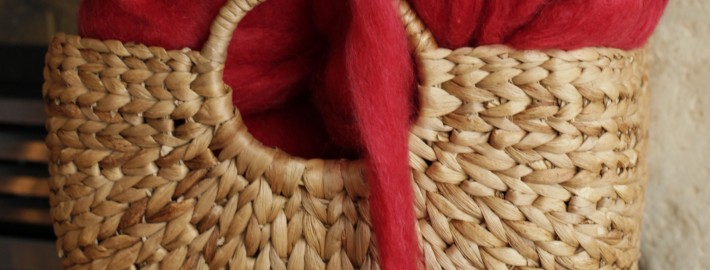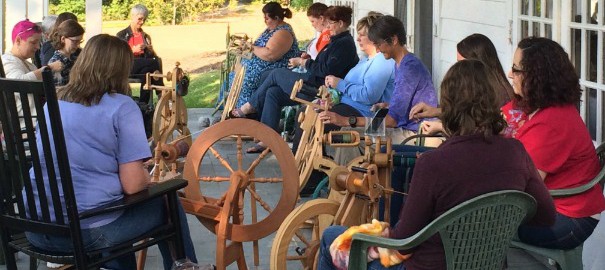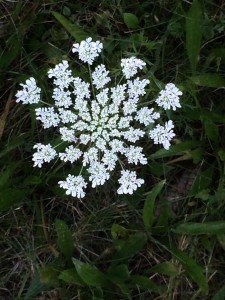I don’t think change is just the nature of a new business as much as the nature of all businesses, perhaps, all things. Things are changing here at PLY. We’re evolving and figuring and growing and learning and we’re biggering. We’ve moved up in a few areas. The biggest change is that we’re no longer using multiple excel sheets to clumsily keep track of all of our subscriptions. We’ve moved to a subscription management program, which, I hope, makes my and your life easier. Y’all can manage your account now – add issues, resubscribe, auto-subscribe, check how many issues left, change your address, etc. It’s the kind of organizational triumph that makes me a little weak-kneed.
And because, apparently, PLY evolving is really just us transferring work from us to you, we also moved to an online ad system to manage our website ads that allows you to manage your own ads! But it’s cool. Kinda like on Ravelry, you buy a spot, you upload it, link it, change it if you want, check your stats, etc. I’m really excited about it and am crossing my fingers it works like magic.
But what this blog post is really about is that PLY is hiring. Kind of. I need 1-2 freelance copy editors to be at my beck and call. Okay, not really my beck and call, but I do need you. I need you so much.
The Job
What I’d like is to find a couple of spinners that are copy-editing firecrackers. By the time the articles get to you they’ll have gone through the heavy editing and will be shaped organizationally so it’s not really heavy editing, more light-medium. It’ll involve double-checking accuracy, grammatical issues, article and issue consistency, fact checking, and pointing out any areas that might be unclear or confusing for readers/spinners. Of course, you’ll have access to the always evolving live PLY style sheet and a fairly over-the-top explanation of what each kind of article should look/read like. Because I’m nothing if not overly thorough.
If things go well, there’s also the possibility of doing a final proofread of the entire issue in PDF form before it goes to press. We’ll see, we might have to do some trust exercises before I make that leap.
The Schedule
You’ve probably guessed that it’s not a full time job but it’s steady in its hit-and-miss-ed-ness. Four times a year for about 3-4 weeks, we need you. Those times are pretty darned predictable though, essentially the months of February, May, August, and November. In each of those months we’ll have roughly 25 articles that need your red pen. Some of these articles are 800 words and others are 2500 words, some are instructional and some are informational, some are stories and some are other kinds of stories, but it works out to about 25,000 words edited in that given month which also works out to roughly 25 hours. I’m not married to the idea of it being 1 person or 2 people. I don’t want to overwhelm one person but I also don’t want to have too little work for more. That’s a detail we can talk about but if it’s a deal-breaker for you either way, be sure to mention that to me.
The Compensation
PLY likes to pay fairly. It’s something that’s very important to me. I wish we could pay everyone far more than we already do but we’re not even 2 years old so we do what we can do. The compensation for this job, right now and for the first issue edited is $25/hour. We’ve found that the copy-editing averages about an hour an article. If it all works out and the time is roughly what we think, the next issue we’ll raise it to $30/hour. From there, if it continues to work out and we’re both happy, we’ll try and raise it to $40 by the end of 2015. I’m not saying we’ll stay at $40 forever, but I feel that’s pretty fair pay for the work and from there, we’ll raise it when we can.
Extras: for as long as you copy-edit for PLY you’ll have a subscription. For every issue you work on, you’ll be listed in the masthead.
The Process
If you’re interested in working with us, steady yourself, there’s a bit of a process. PLY is my baby. It’s my favorite thing I’ve ever done and I feel strongly that it’s important, that the knowledge the spinning community pours into it is going to stand longer than anything else I facilitate. It’s important to me and as such, I’m going to give you a few hoops. Forgive me. It’s all for the good of the magazine and my crazy, busy, never-stop brain.
The first step is to let me know you’re interested. Email me. Jacey at plymagazine dot com. I’ll send you a bundle of stuff. In that bundle you’ll find:
- A short set of questions about you and your experience.
- A copy of the PLY style sheet so you know what grammatical conventions we follow.
- Three versions of a past PLY article. The first version is as it came to me, the original. The second version is after I edited it (essentially how it would come to you). The third version is the final version, the version that went to print (essentially what we’d like you to do to the articles).
- One article that I’ve edited but needs to be copy edited by you. Please turn on track changes and save it by adding your name to the end in place of mine.
If I get lots of people that are amazing and perfect and I can’t decide, I’ll send out one more short piece to be edited.
I’d like to get this started now. In fact, if it works out, I’d like to have somebody do a bit of editing the last week of November or first week of December (I know that’s not really the time-frame I set above, but I’d like to see how it goes, I could use the help, and maybe a bit of holiday cash is not a bad thing, right?). So let’s start! Yes, let’s do!
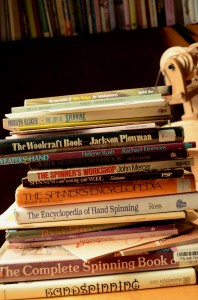 I have a thing about books. I was the kid who had Christmas lists that were 80% books. If I don’t read every day something is very wrong. I married a book person; we have book children; I’ve worked in books for 25 years. I like books, I think they are important to us as humans.
I have a thing about books. I was the kid who had Christmas lists that were 80% books. If I don’t read every day something is very wrong. I married a book person; we have book children; I’ve worked in books for 25 years. I like books, I think they are important to us as humans.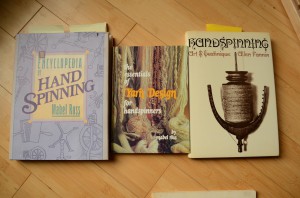 Mabel Ross and Allen Fannin, don’t ask me to lend them to you. In fact they have a special hiding place. If you want technical spinning information read Mabel Ross, you will learn to count and measure and control your yarn to a very specific degree. I struggle with Mabel, her teaching and writing are hard for my brain to wrap around, but I won’t give up. There is too much to learn there. Allen Fannin’s was one of the first books that showed super close up photos of yarn and fiber and he has a succinct way of explaining spinning. He is just one of those authors that speak to me.
Mabel Ross and Allen Fannin, don’t ask me to lend them to you. In fact they have a special hiding place. If you want technical spinning information read Mabel Ross, you will learn to count and measure and control your yarn to a very specific degree. I struggle with Mabel, her teaching and writing are hard for my brain to wrap around, but I won’t give up. There is too much to learn there. Allen Fannin’s was one of the first books that showed super close up photos of yarn and fiber and he has a succinct way of explaining spinning. He is just one of those authors that speak to me.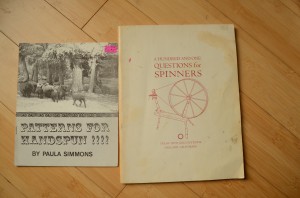 I didn’t know either of these books existed until I ran across them. I will buy and read anything by Paula Simmons, she has an excellent and straight forward way of explaining things. The other was put out by Straw into Gold, a legendary spinning store in the 1970s. It is, as the title suggests, 101 questions for spinners, but they don’t mention on the cover who the spinners answering the questions. Just Susan Druding, Bette Hochberg, and Alden Amos, plus a few more.
I didn’t know either of these books existed until I ran across them. I will buy and read anything by Paula Simmons, she has an excellent and straight forward way of explaining things. The other was put out by Straw into Gold, a legendary spinning store in the 1970s. It is, as the title suggests, 101 questions for spinners, but they don’t mention on the cover who the spinners answering the questions. Just Susan Druding, Bette Hochberg, and Alden Amos, plus a few more.
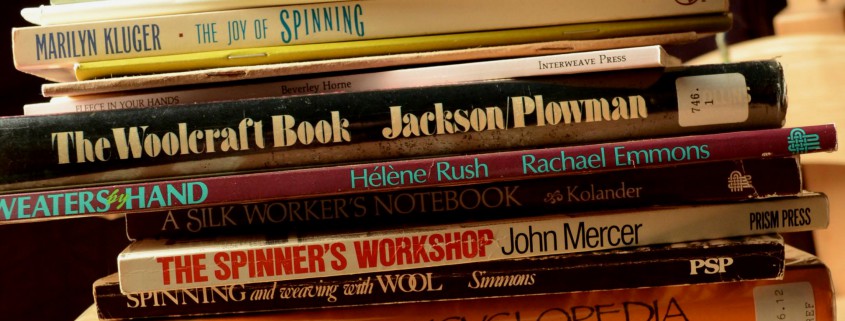
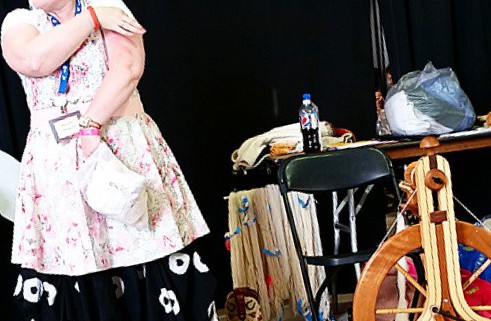
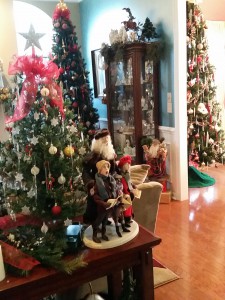
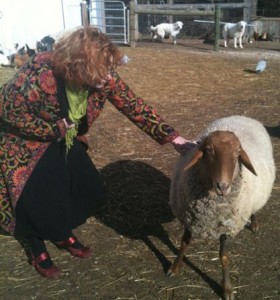
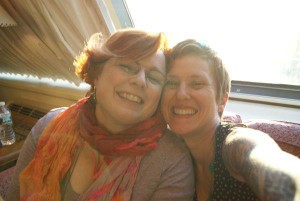 Jacey Boggs! Fantastic teacher, wonderful writer and owner of this magazine that I love so much.
Jacey Boggs! Fantastic teacher, wonderful writer and owner of this magazine that I love so much.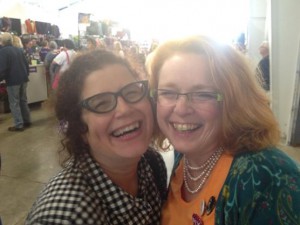
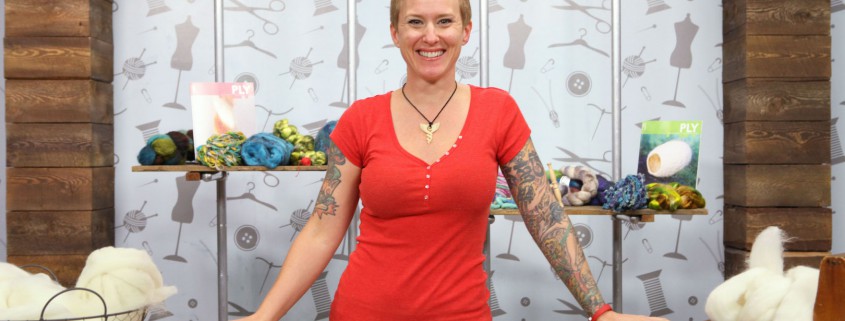






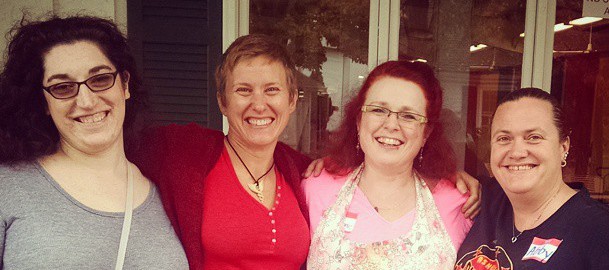




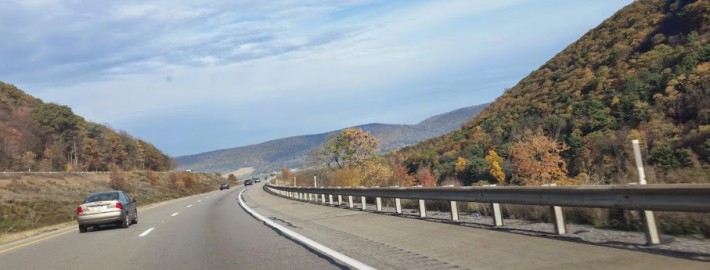
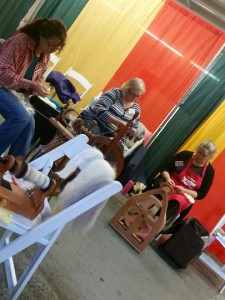
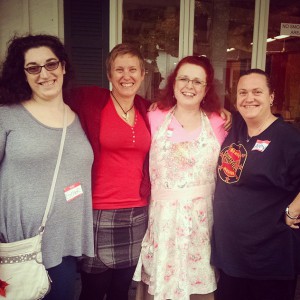
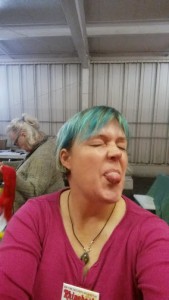
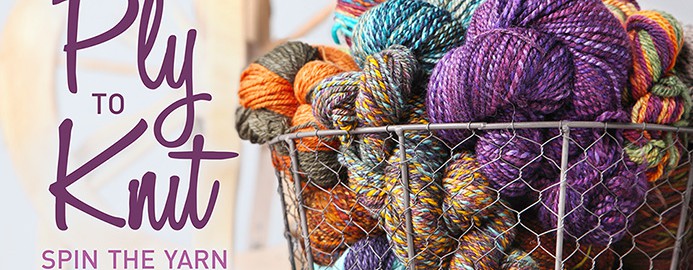
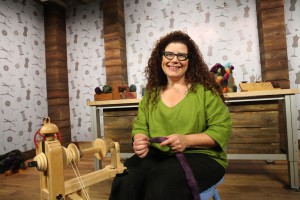
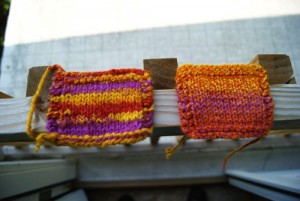 Lesson #3 and Lesson #4 cover everything your might want to know about 2-ply and 3-ply yarn, from plying to knitting to balance and unbalance to chainplying. She even compares 3-ply and chainplying. It’s good stuff. I think it’s really important that she shows examples in knitted swatches so we can see exactly how the different plys effect our knitting. Following her lead, because it’s fun to spin along with her, here’s the samples I spun and knit during these 2 lessons. The one on the left is chain-plied, the one on the right is 3-ply. Both are from the same fiber. I was really careful to match up my color on the 3-ply and when I made my loops on the chain-ply, I really tried to have very little color mixing. In the end, I like the gradual color change of the 3-ply swatch but know that it had more to do with my chain-plying technique than chain-plying in general. Both are great techniques and Jillian is good at explaining why.
Lesson #3 and Lesson #4 cover everything your might want to know about 2-ply and 3-ply yarn, from plying to knitting to balance and unbalance to chainplying. She even compares 3-ply and chainplying. It’s good stuff. I think it’s really important that she shows examples in knitted swatches so we can see exactly how the different plys effect our knitting. Following her lead, because it’s fun to spin along with her, here’s the samples I spun and knit during these 2 lessons. The one on the left is chain-plied, the one on the right is 3-ply. Both are from the same fiber. I was really careful to match up my color on the 3-ply and when I made my loops on the chain-ply, I really tried to have very little color mixing. In the end, I like the gradual color change of the 3-ply swatch but know that it had more to do with my chain-plying technique than chain-plying in general. Both are great techniques and Jillian is good at explaining why.